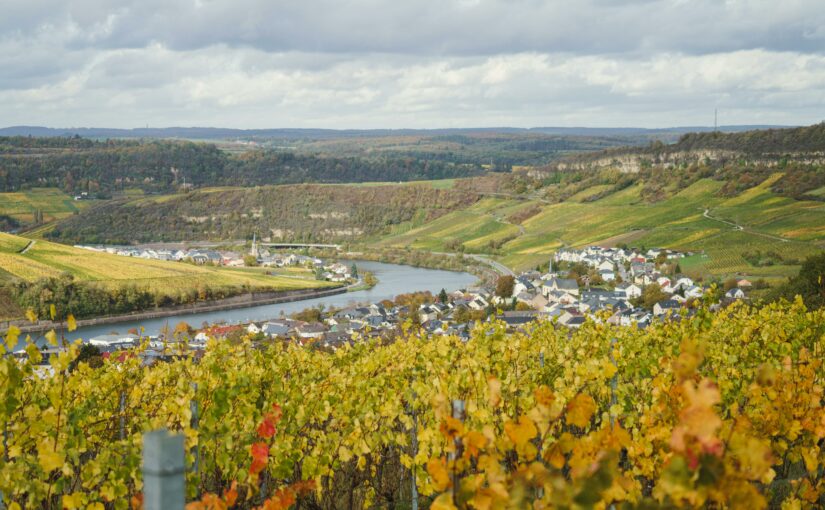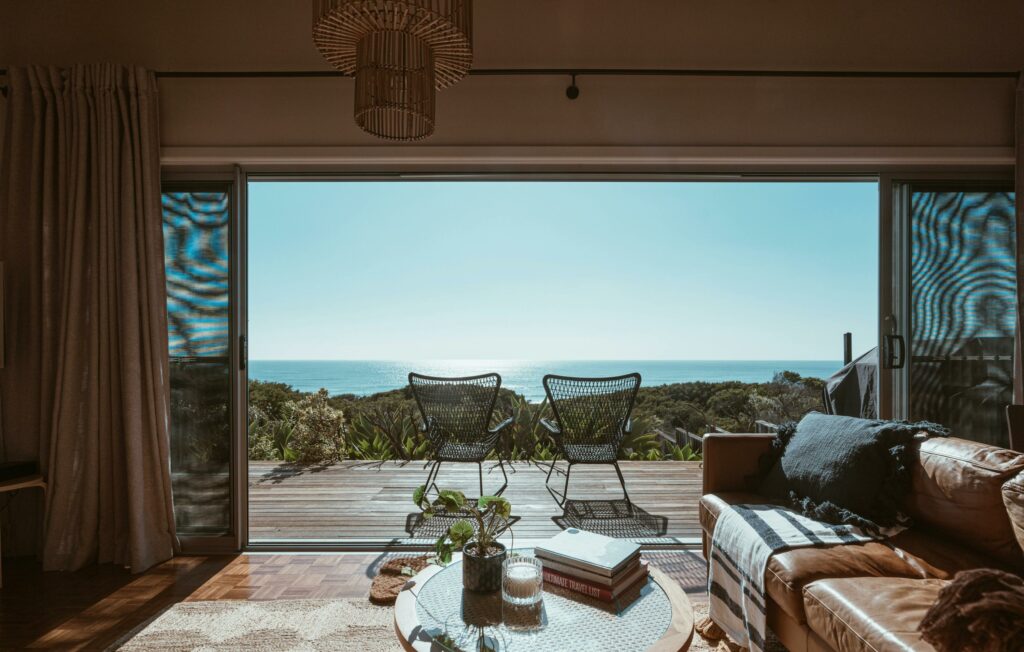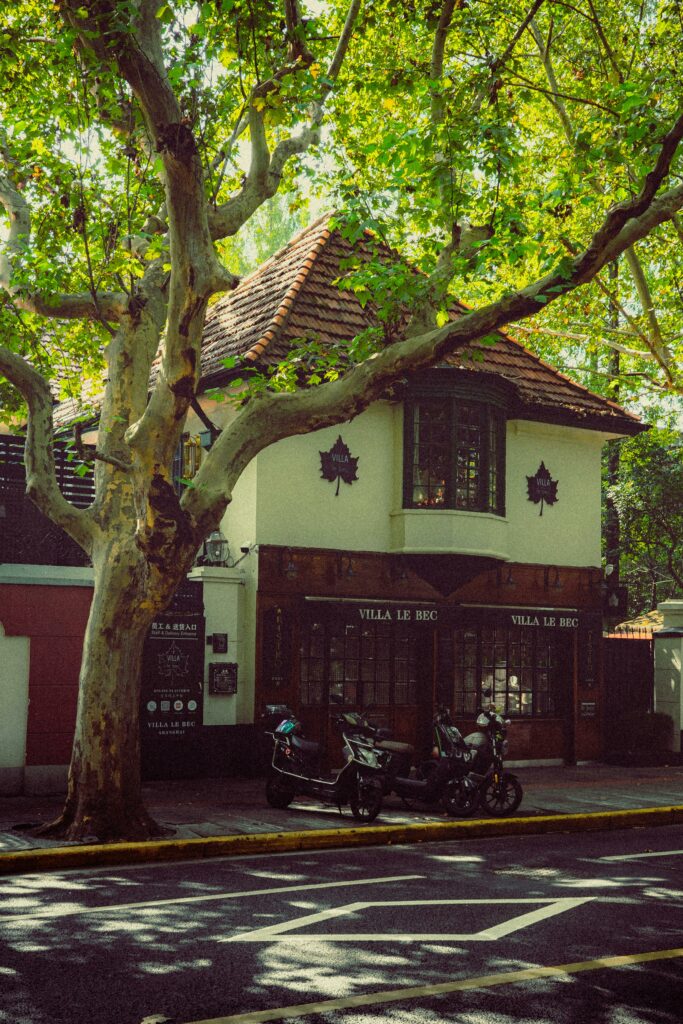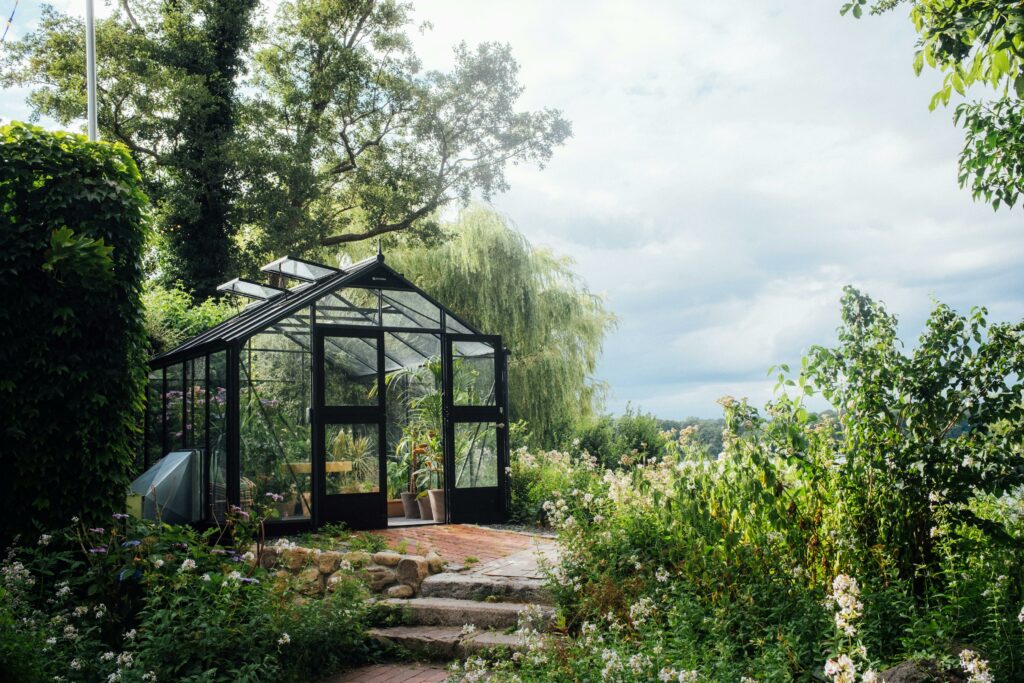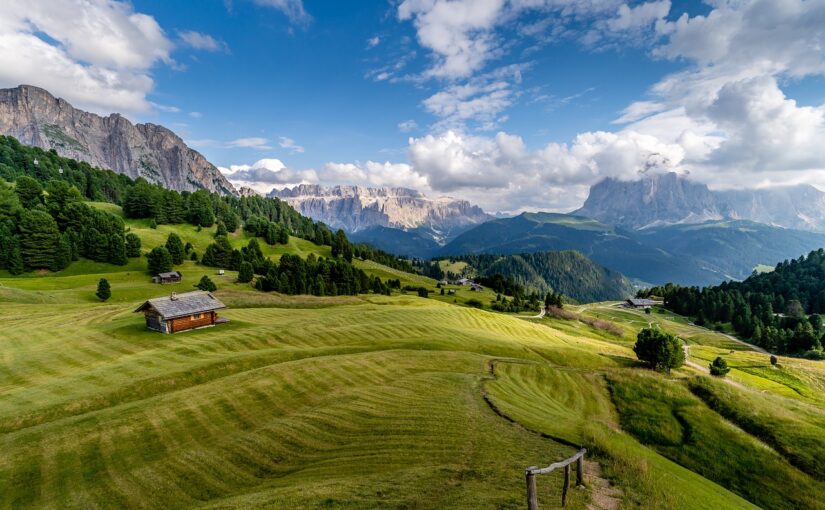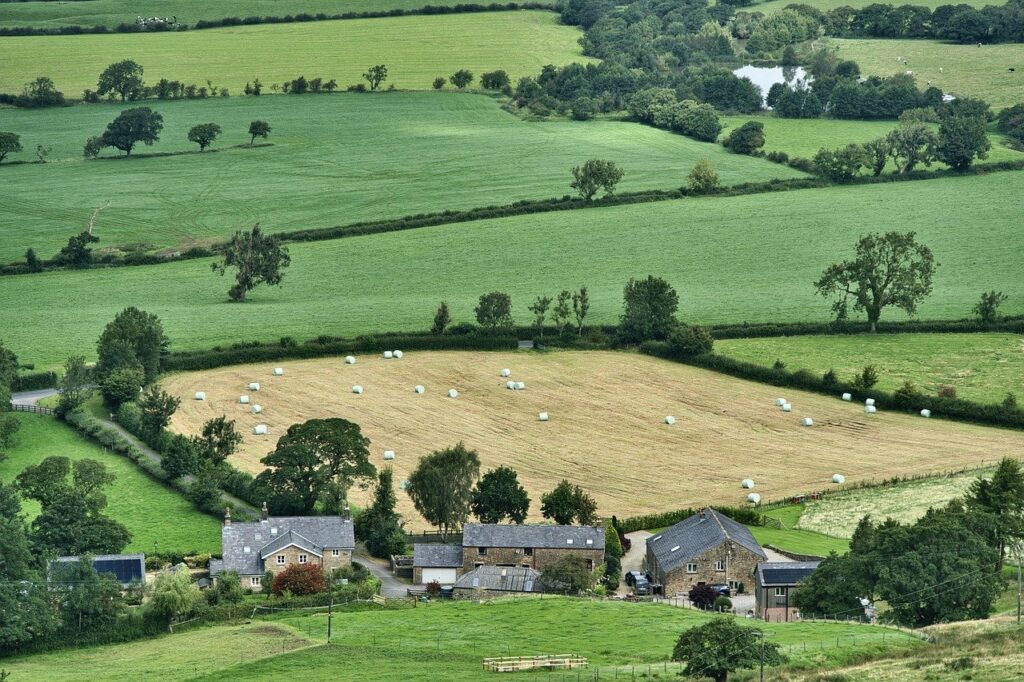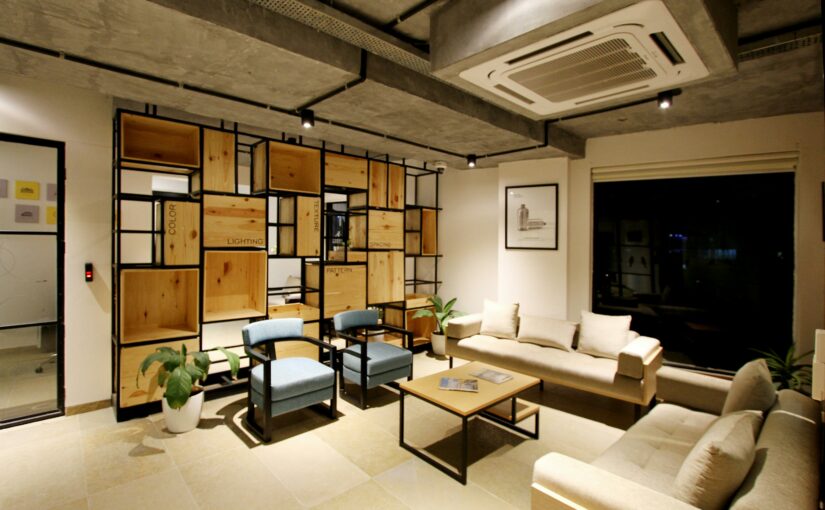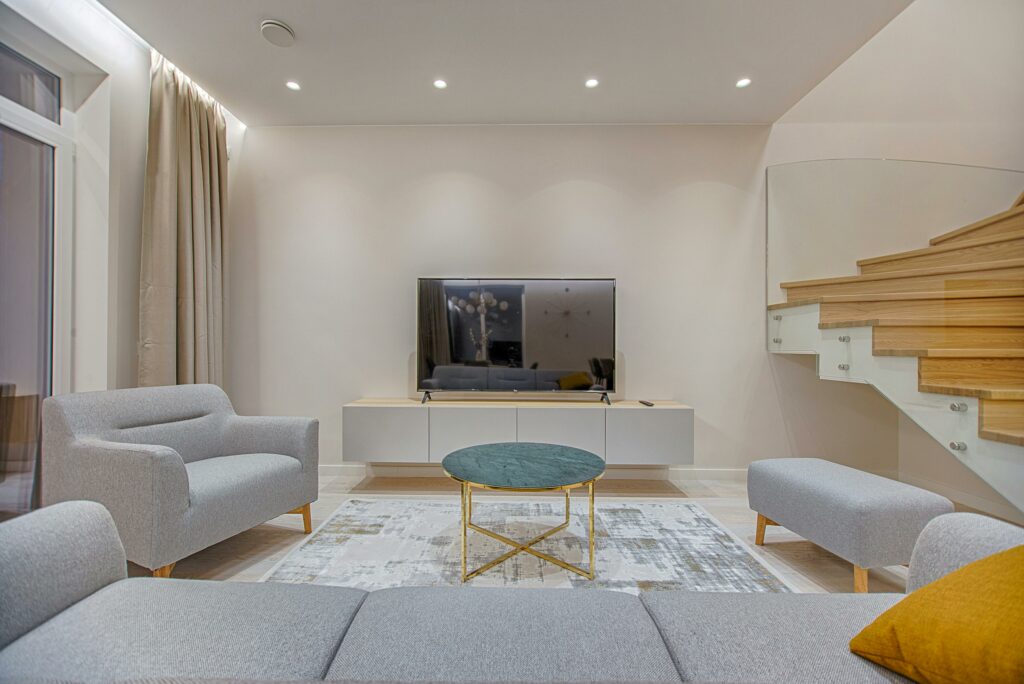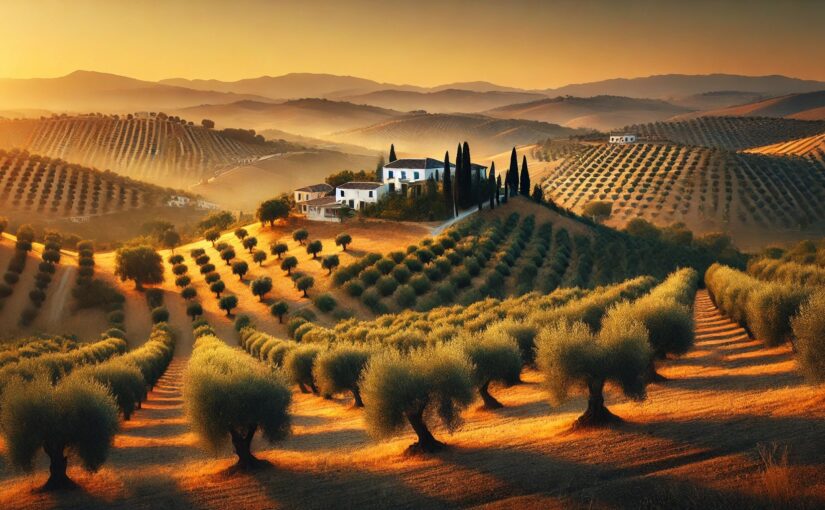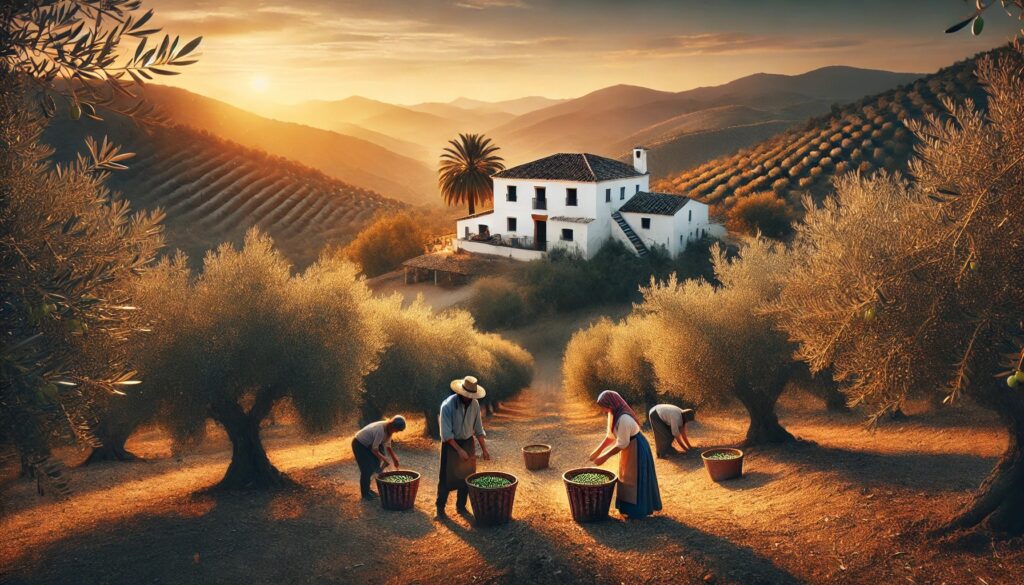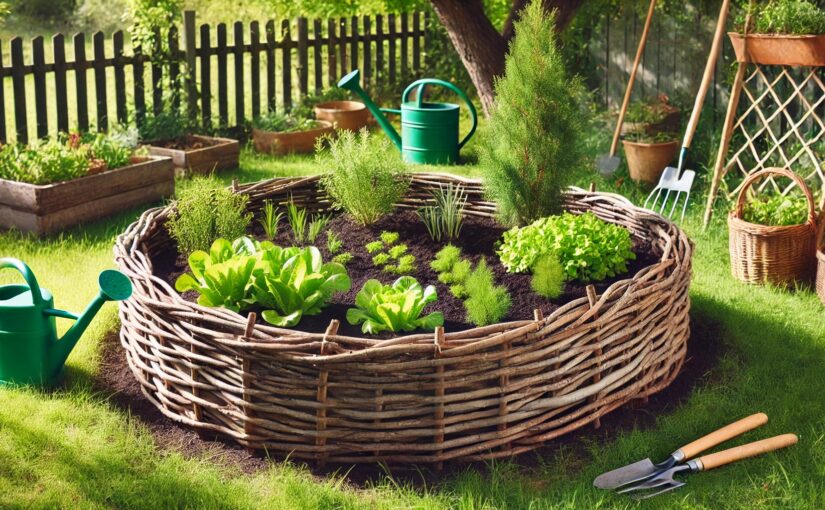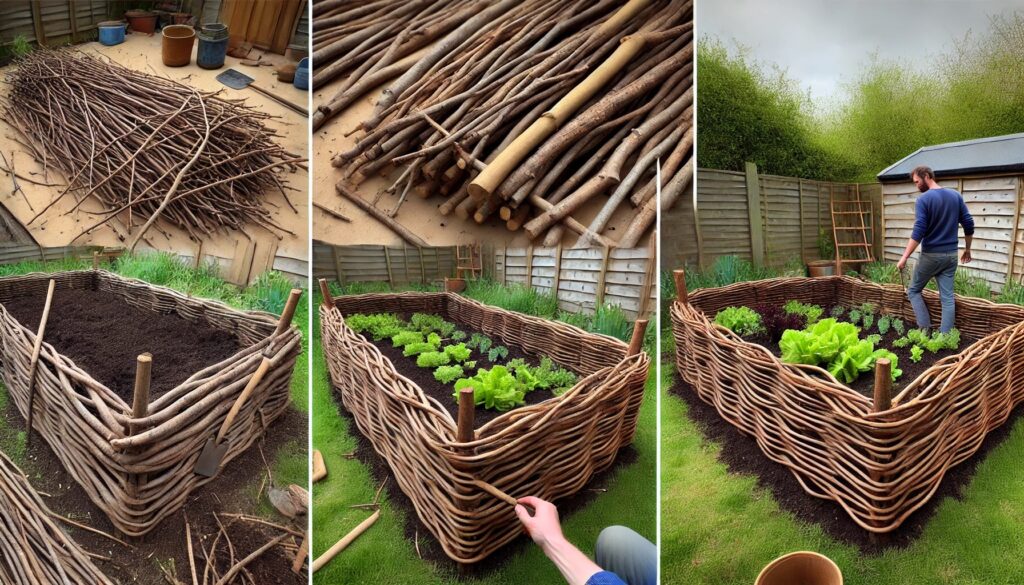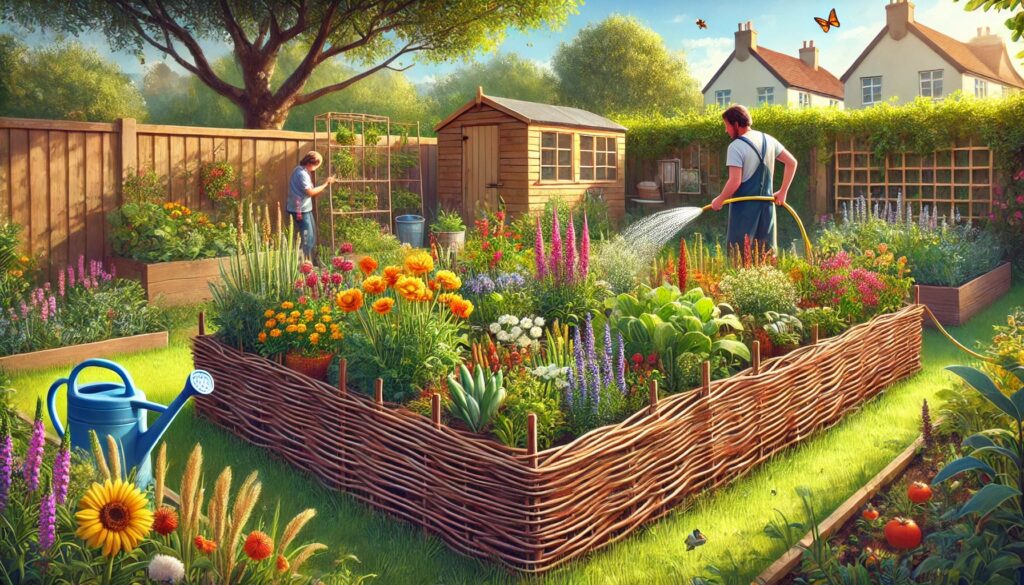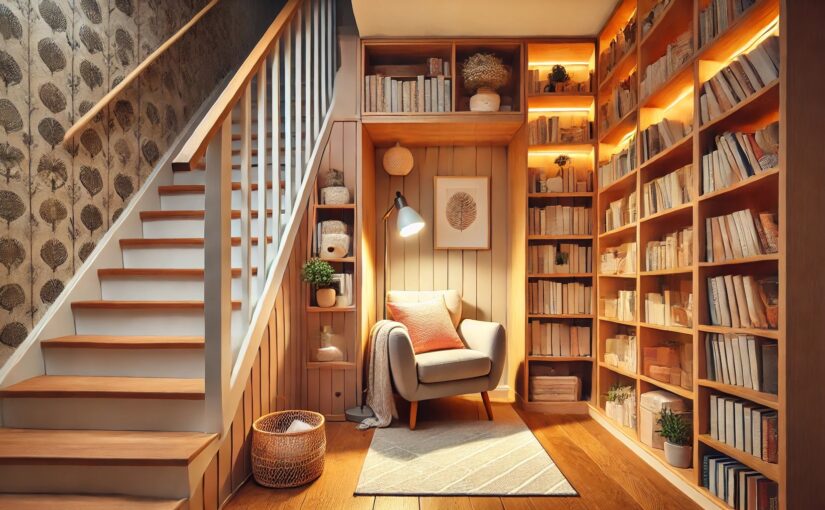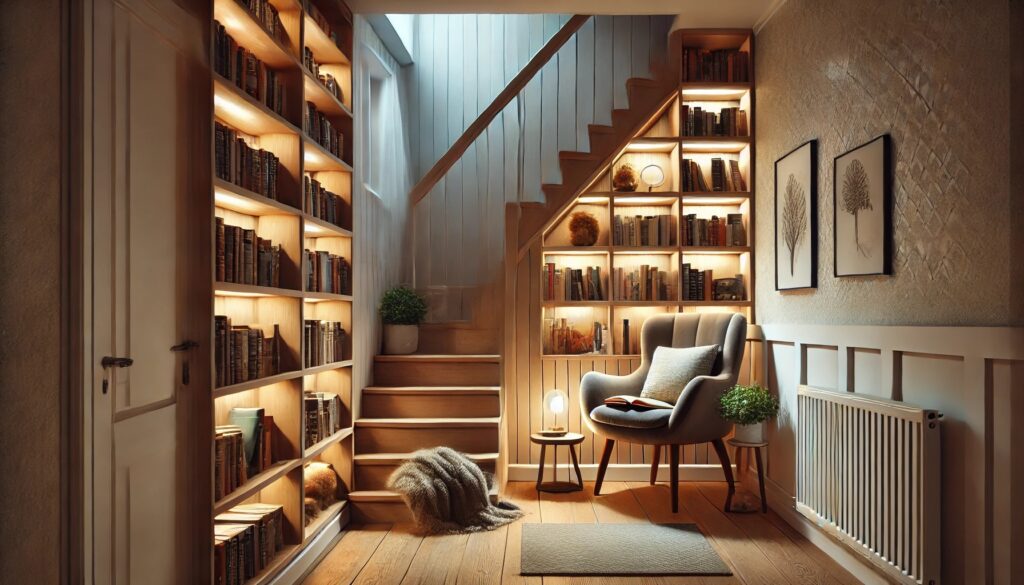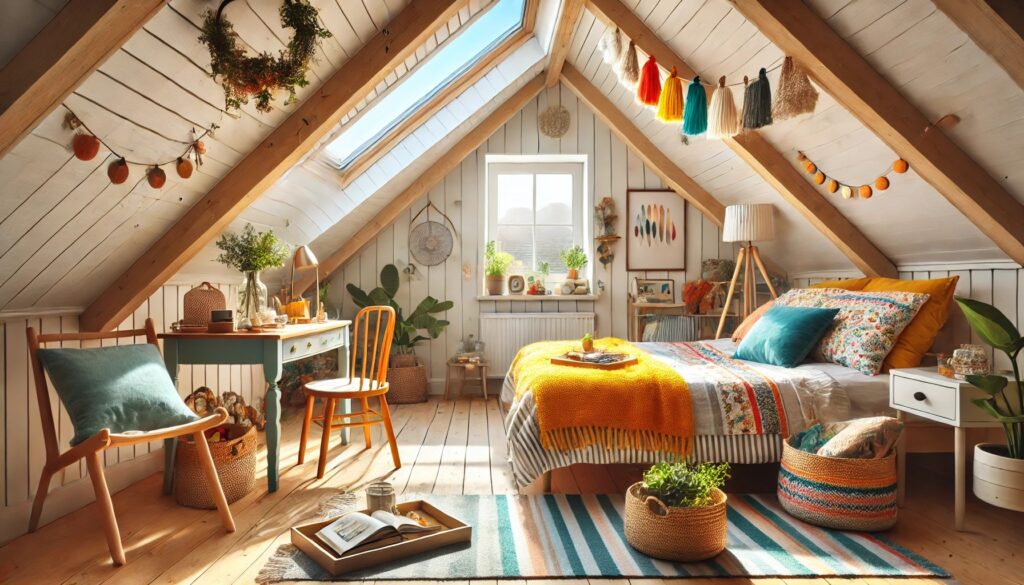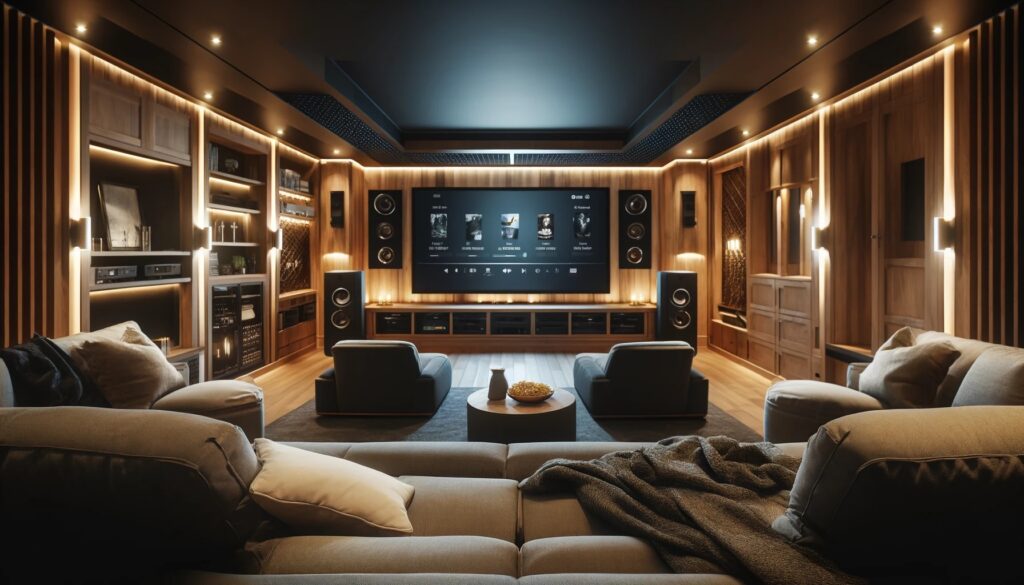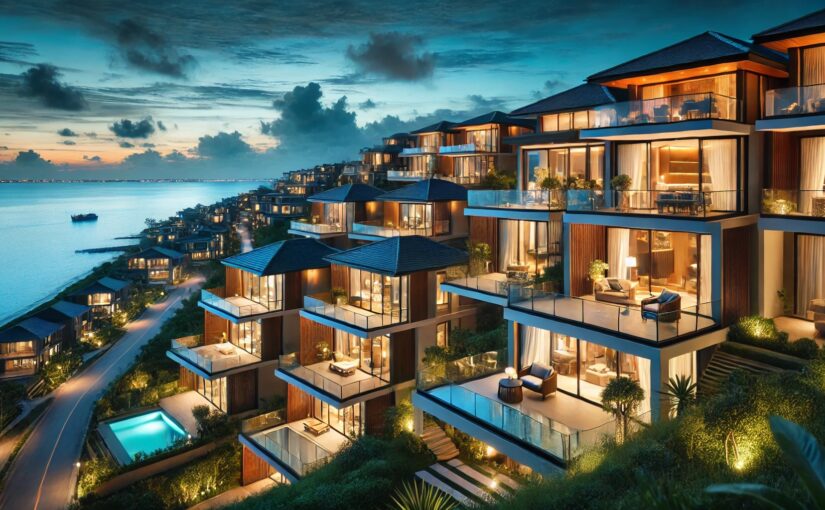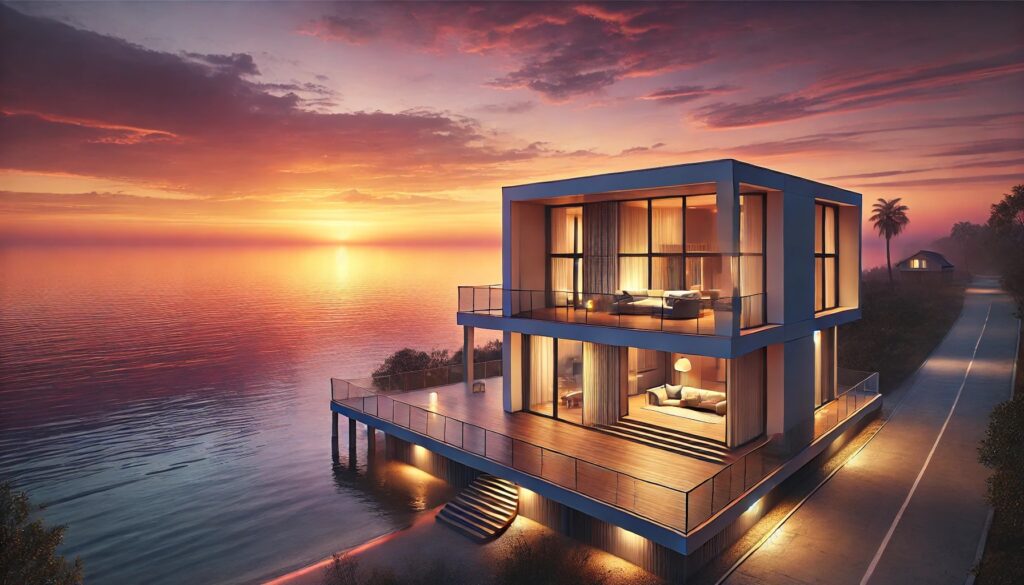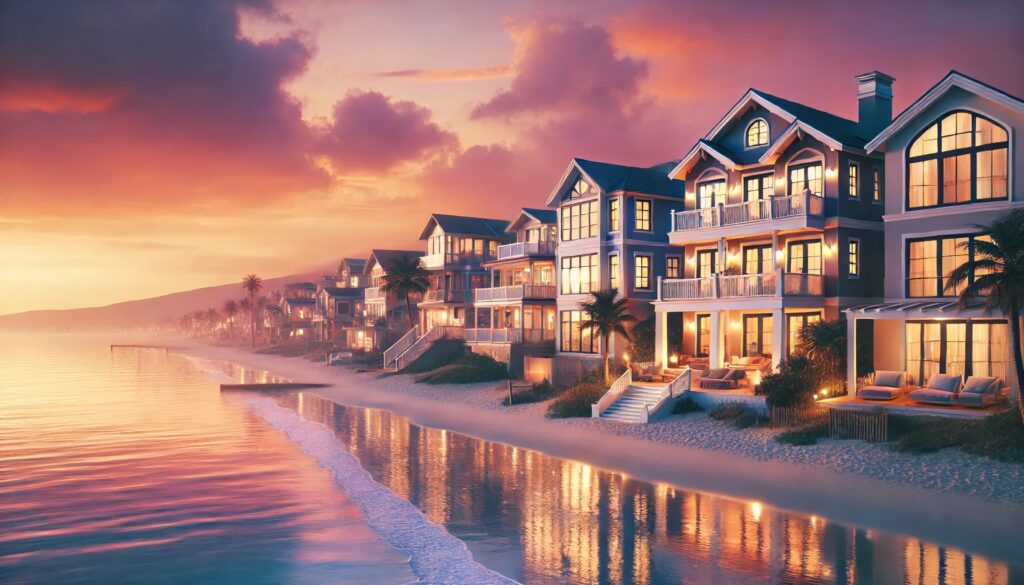Imagine waking up in a cozy cottage nestled in the French countryside. The scent of fresh baguettes from the village bakery fills the air. Outside, lush vineyards stretch into the distance, and a quaint, stone-walled garden invites you for morning coffee. This is what a stay in a French gîte feels like—a charming escape that lets you immerse yourself in the slow-paced, idyllic side of life in France. But a gîte is more than just a rental; it’s a cultural experience, a step into a simpler, more authentic way of living. For those curious about exploring France beyond the usual tourist spots, a gîte offers the perfect opportunity.
What Exactly Is a Gîte?
So, what is a gîte, exactly? At its heart, a gîte is a self-catering vacation home in the French countryside, usually owned by locals. The word comes from the French verb “gîter,” meaning “to lodge.” Traditionally, gîtes were rustic farm cottages or simple homes that locals rented to travelers looking for a budget-friendly and authentic place to stay. Over time, the term has grown to include various types of rural holiday homes, from converted barns and farmhouses to luxurious estates. Today, gîtes come in many forms but always promise a unique, personal experience, letting travelers enjoy the charm of rural France in their own space.
One defining trait of a gîte is that it offers independence. Most are fully furnished, with kitchens, living areas, and outdoor spaces where guests can cook, relax, and feel at home. Some gîtes are set up for longer stays, making them popular among families, groups, or travelers on a “slow travel” journey. Unlike hotels, which often come with room service and amenities, gîtes cater to those who appreciate the freedom to live and explore at their own pace.
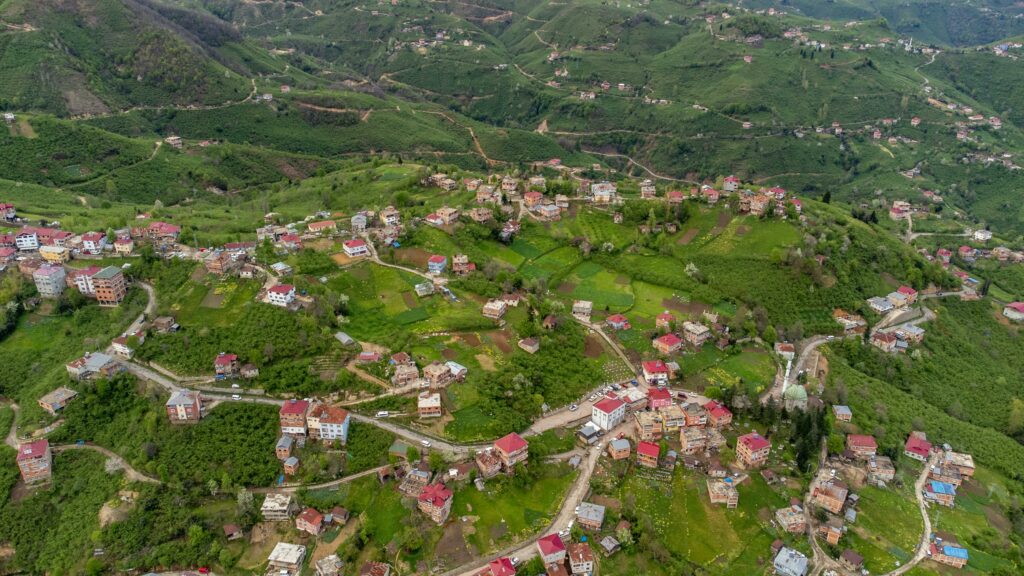
Types of Gîtes: Find Your Fit
Whether you’re a fan of rustic retreats or luxe lodges, there’s a gîte style for you. Here are some of the most popular types of gîtes you’ll come across in France:
- Rustic Farmhouse Gîtes: These gîtes offer a true countryside feel, often in centuries-old farmhouses with exposed beams, stone walls, and fireplaces. Perfect for those who want a back-to-basics retreat, farmhouse gîtes let guests enjoy the simplicity of rural life, with activities like hiking, exploring local farms, or simply unwinding in nature.
- Luxury Gîtes: If you prefer a bit of pampering, luxury gîtes provide all the charm of the countryside with added elegance. These gîtes often feature private swimming pools, landscaped gardens, and modern interiors. Some even come with private chefs, making them a top choice for special occasions or simply a more lavish getaway.
- Converted Barns and Cottages: Many old barns and cottages in France have been renovated into cozy, character-filled gîtes. These spaces blend old-world architecture with modern comfort, often featuring high ceilings, large windows, and unique layouts. Converted gîtes give guests a unique blend of history and luxury.
- Wine Gîtes: Set in or near vineyards, wine gîtes offer travelers the chance to stay right in the heart of France’s wine country. Imagine waking up with views of rolling vineyards and spending your days wine-tasting or exploring local cellars. These gîtes are ideal for wine enthusiasts who want to fully immerse themselves in the region’s wine culture.
Why Gîtes Are So Popular: The Experience They Offer
What makes gîtes such a beloved choice for travelers? It’s all about the experience. Staying in a gîte means more than just having a place to sleep—it’s about living like a local, even if only for a little while. Here, you shop at the village market, cook with fresh local ingredients, and savor quiet evenings under the stars. In a gîte, you get a true taste of the French lifestyle.
The appeal of gîtes lies in their versatility. Families love them because they provide space and comfort; couples find them romantic, and solo travelers can enjoy a peaceful, reflective retreat. Unlike staying in a hotel, a gîte stay feels more personal. Many gîte owners live nearby, and they often provide insider tips, like where to find the best nearby bakery or hidden trails. Some even welcome guests with a bottle of local wine, setting a warm, inviting tone for the stay.

The Allure of the French Countryside
Gîtes are spread across some of France’s most picturesque regions, each offering its own unique charm. Here’s a quick tour of some popular gîte destinations and what makes them so special:
- Provence: Known for its lavender fields, olive groves, and vineyards. Provence is a slice of paradise in the south of France. Gîtes here are often surrounded by sun-soaked landscapes, giving guests easy access to charming villages, local markets, and stunning Mediterranean views.
- Loire Valley: Famous for its grand châteaux and rich wine culture. The Loire Valley offers gîtes that feel like stepping into a fairy tale. Staying in a gîte here puts guests close to world-renowned wineries, river walks, and historical sites.
- Burgundy: This region attracts wine lovers from all over the world. Gîtes in Burgundy are usually close to vineyards. This is making it a dream destination for those who want to explore French wine at its roots. The area’s rolling hills and quaint villages add to its undeniable charm.
- Normandy: With its lush green landscapes, cliffs, and sandy beaches. Normandy is perfect for travelers who want a mix of history and nature. Gîtes here let guests enjoy the peaceful countryside while being close to historic sites like Mont-Saint-Michel and the D-Day beaches.
Each region brings something unique, whether it’s the sun-drenched landscapes of Provence, the historic vineyards of Burgundy, or the coastal charm of Normandy. No matter where you choose, a gîte stay offers an escape from city life and a chance to unwind in nature’s beauty.
Investing in a Gîte: A Real Estate Opportunity
Gîtes aren’t just for travelers—they’re also an attractive investment for real estate buyers. So, with the rise of rural tourism and the popularity of holiday rentals, owning a gîte can be a rewarding business venture. French countryside destinations enjoy a steady stream of visitors year-round, especially as more people seek authentic travel experiences. For those considering gîtes, rural real estate has added advantages, like lower property costs and quieter locales. If you’re curious about the potential, here are some benefits of rural real estate investments that might surprise you.
Owning a gîte can provide a unique revenue stream, particularly in tourist-heavy regions where travelers look for an authentic experience. Some gîtes even have year-round bookings, with peak seasons during spring and summer. While managing a gîte can be rewarding, selling it without traditional agents is also an option. If you ever decide to sell, you might appreciate these top tips for selling property without an agent, helping you keep more of your investment.
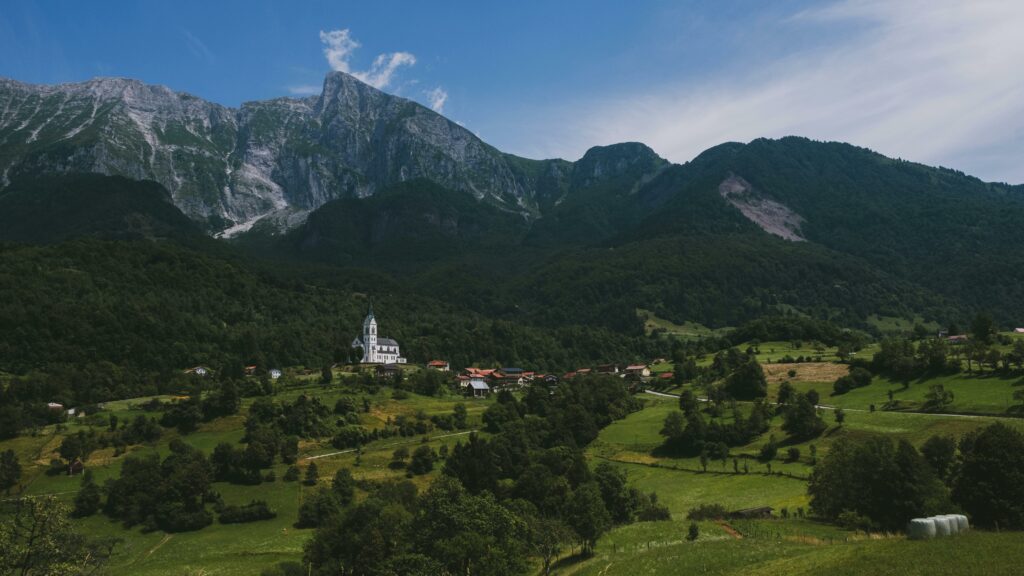
How to Choose the Right Gîte for You
With so many options, choosing the right gîte might seem overwhelming, but it all comes down to what kind of experience you’re looking for. Here are a few factors to consider:
- Location: Think about the type of landscape you want to wake up to—rolling vineyards, seaside cliffs, or forested hills. Each region offers a different atmosphere, so pick one that resonates with your idea of an ideal vacation.
- Amenities: Decide what level of comfort you want. If you’re looking for a simple, rustic stay, a farmhouse might be perfect. For more luxury, look for gîtes with pools, gardens, or even wellness features.
- Activities: Many gîtes offer easy access to outdoor activities like hiking, cycling, and wine tasting. Check the local options to ensure you’ll have plenty to do.
- Space and Style: Consider how much room you’ll need and the kind of ambiance you prefer. A cozy cottage suits a couple, while a larger, converted barn might be better for a family or group.
Concluding Thoughts
A gîte isn’t just a place to stay—it’s an experience, a step into the heart of French culture. Whether you’re a traveler seeking a unique getaway or an investor looking to tap into a growing market, gîtes offer something special. Therefore, staying in one of these countryside retreats allows you to slow down, enjoy the little things, and make memories that are as warm as a sunset over a vineyard.
